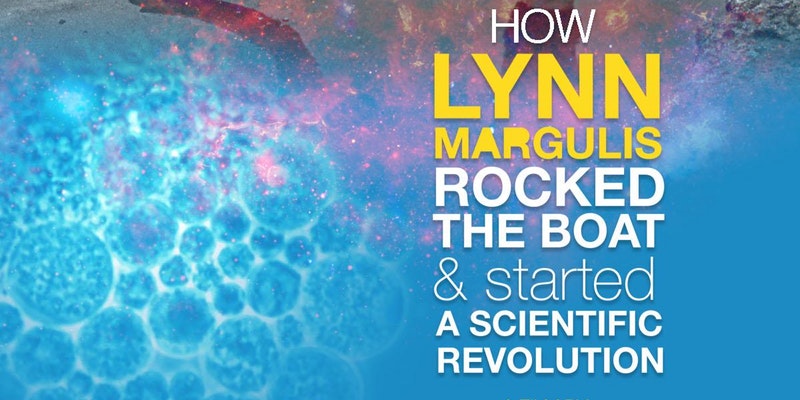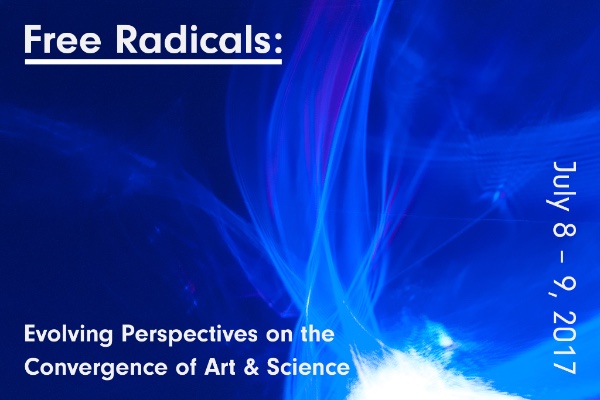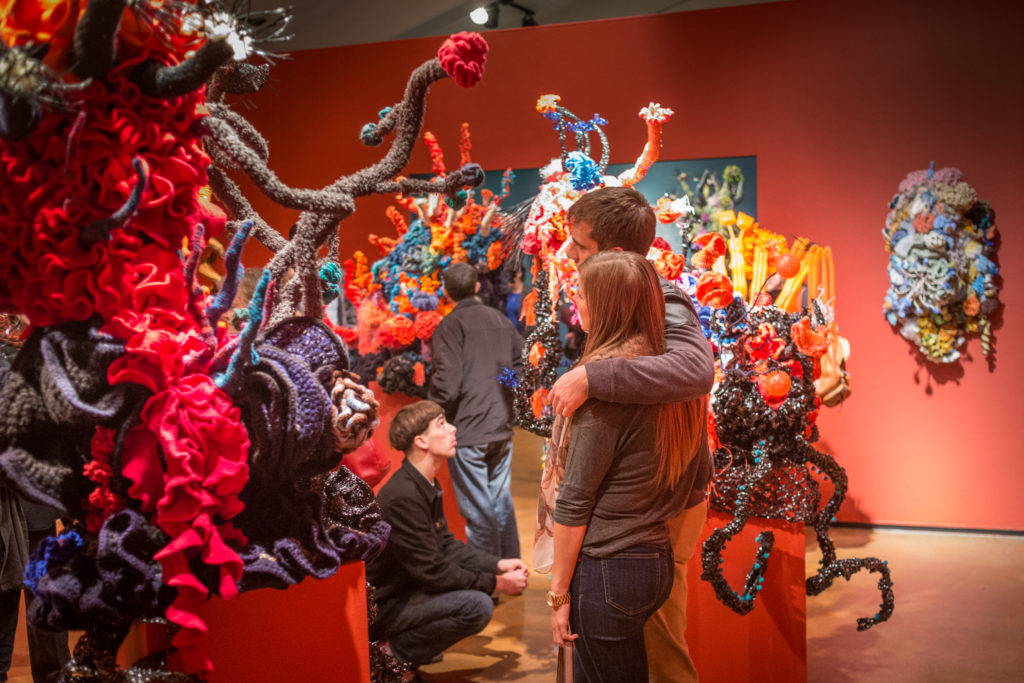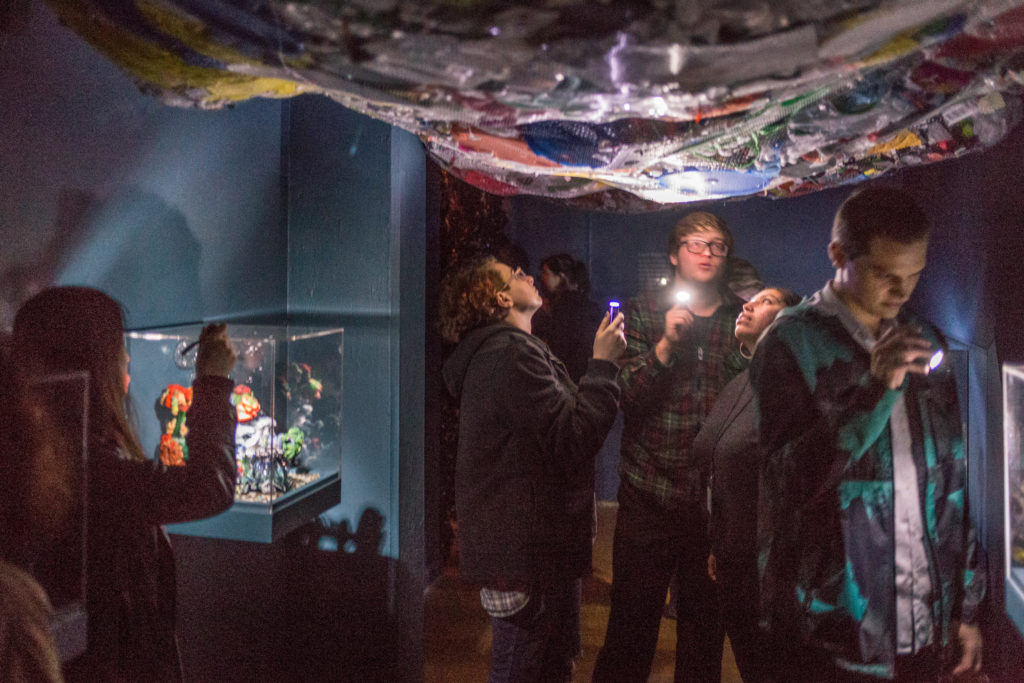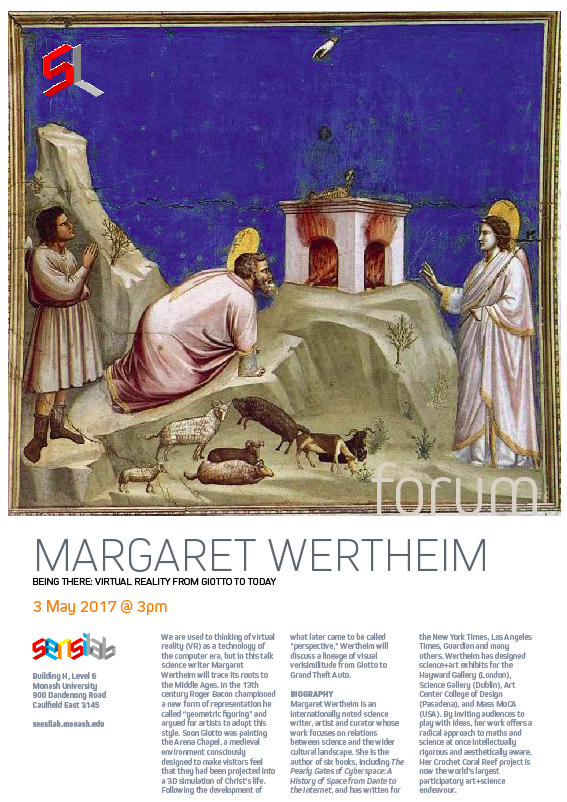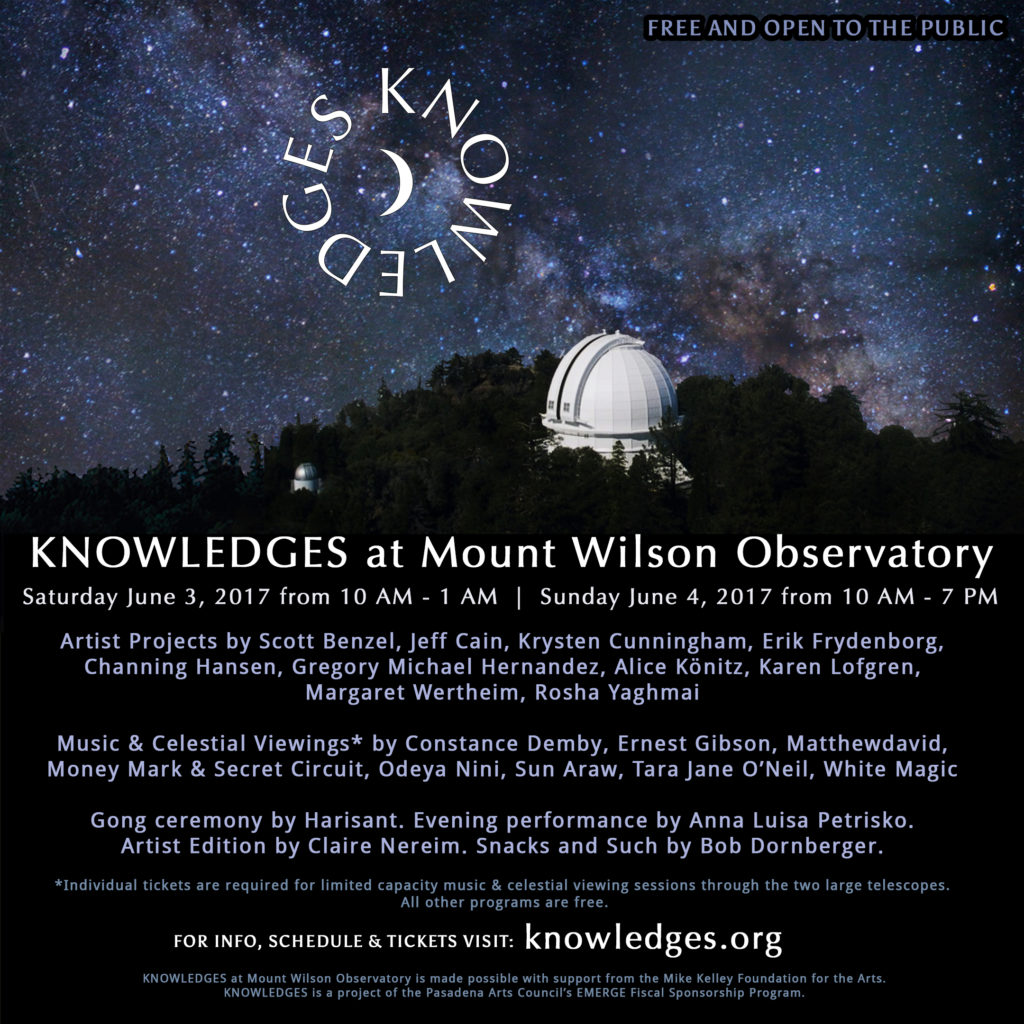
On June 3 & 4 2017, KNOWLEDGES – the acclaimed art+astronomy event – returns to the Mount Wilson Observatory. This weekend-long astro-aesthetic happening features site-specific art installations and musical performances allied with viewings through the famed “100 inch” telescope used by Edwin Hubble to make the observations that led to his discovery of the expanding universe. Sunday June 4, in the Mount Wilson theater, IFF director Margaret Wertheim presents Making Space, a lecture about the history of scientific concepts of space, followed by a workshop in which participants will build models of hyperbolic space. Both events are free and open to the public. Advance bookings are required for the workshop.
Making Space – lecture: 12noon-2pm
Making Space – hyperbolic workshop: 3-5pm
Lecture description:
What does it mean to say something has 2 dimensions, or 3? Einstein’s general theory of relativity describes our universe as having 4 dimensions, while string theory says we live in a 10 or 11-dimensional space. In modern mathematics and cosmology “space” is a foundational concept, but what do scientists mean by this term? And what are the “dimensions” they speak about here? At Mount Wilson, Hubble discovered that space is expanding, and around black holes space stretches. How can we understand such statements? In this two-part event, science writer and artist Margaret Wertheim will present a lecture about the history of scientific and mathematical concepts of space, followed by a participatory workshop where participants will explore non-Euclidean geometry by constructing paper models of hyperbolic space.
KNOWLEDGES at Mount Wilson Observatory is curated by Christina Ondrus, with additional programming contributions by John Hogan, Ian James, Gabie Strong, and Brica Wilcox. The exhibition features commissioned works by Scott Benzel, Jeff Cain, Krysten Cunningham, Erik Frydenborg, Channing Hansen, Gregory Michael Hernandez, Alice Könitz, Karen Lofgren, Margaret Wertheim, and Rosha Yaghmai, plus an edition by Claire Nereim. Saturday night’s program includes performances by Anna Luisa Petrisko, Harisant, and other free events. Celestial viewing through the two large telescopes is ticketed and features live music by Constance Demby, Ernest Gibson, Matthewdavid, Money Mark & Secret Circuit, Tara Jane O’Neil, Odeya Nini, Sun Araw, and White Magic. performances and celestial viewing sessions through the two large telescopes. The event is made possible with support from the Mike Kelley Foundation for the Arts. KNOWLEDGES is a project of the Pasadena Arts Council’s EMERGE Fiscal Sponsorship Program.
KNOWLEDGES: website, events schedule
Book tickets to hyperbolic workshop




